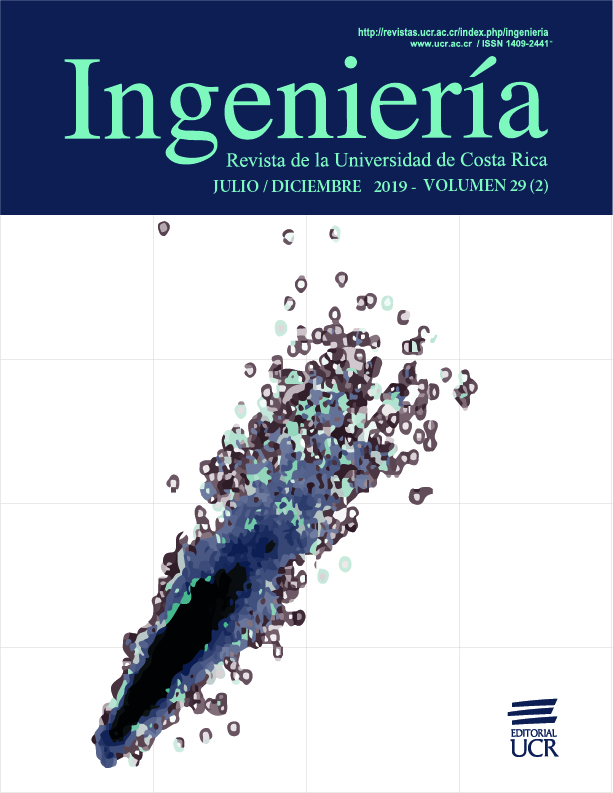Abstract
The finite element method (FEM) is a numerical technique that estimates solutions of partial differential equations on arbitrary domains. It has been widely used to solve problems in physics and engineering. In general, the final step of this technique consists of a linear system of equations in which the matrix is sparse and its bandwidth depends on the finite element shape functions support. When the number of elements is large, even the efficient data structure sparse matrix representations can consume the entire computer memory. In this article, we describe a technique to solve these large-scale problems without explicitly representing this matrix. This computational trick is known as EBE (Element By Element). We also describe an application in which such kind of implementation is necessary, in the field of digital rock physics, to estimate the elastic coefficient of rock samples using micro-tomographic images.


